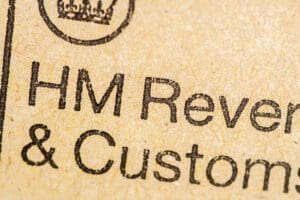HM Revenue & Customs has relaunched a controversial scheme giving it the power to take money directly from people’s bank accounts – including cash Isas – if they repeatedly fail to pay their tax bills.
Under the Direct Recovery of Debts (DRD) programme, banks and building societies will be forced to hand over cash owed to the taxman from anyone with debts of at least £1,000. Taxpayers will be allowed to keep a minimum balance of £5,000 to cover essentials, but anything above that can be seized once the 30-day appeal window has passed.
The scheme, first introduced in 2015, was paused during the pandemic but has now been relaunched in a “test and learn” phase after Chancellor Rachel Reeves granted HMRC the authority in her March 2025 Spring Statement.
Officials say the crackdown will target those who can afford to pay but refuse, with a particular focus on self-assessment taxpayers – such as the self-employed, landlords and those earning significant investment income. HMRC staff will visit debtors in person before any cash is taken.
Critics have branded the powers “draconian”. Dawn Register, tax dispute resolution partner at BDO, said: “Given the pressure on public finances, it’s clear HMRC is determined to get tougher on those who can pay but don’t pay. The relaunch of this draconian power underlines how important it is not to stick your head in the sand and ignore HMRC demands.”
The move comes as HMRC faces a mountain of unpaid liabilities. The latest figures show £42.8bn in unpaid tax – far higher than before the pandemic – with the Government aiming to claw back an extra £11bn by 2030. To do so, HMRC has invested £630m in debt recovery, including hiring 2,400 new enforcement staff.
While the Treasury insists safeguards will prevent overreach, campaigners warn the policy risks hitting taxpayers hard at a time when household finances are already under strain.
Read more:
HMRC handed ‘draconian’ new powers to raid bank accounts and Isas of tax dodgers
